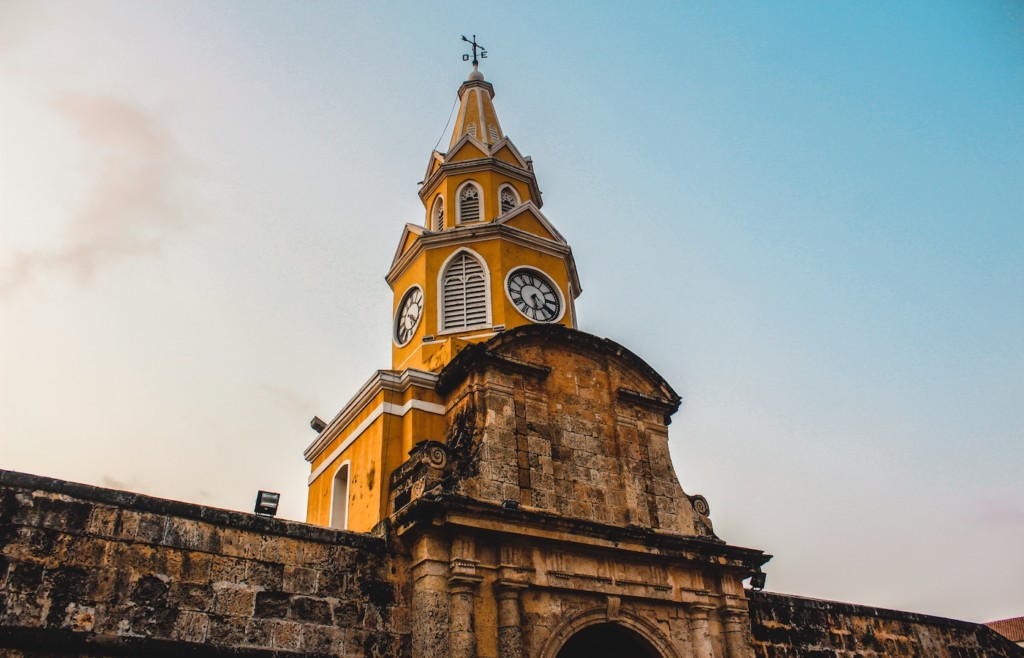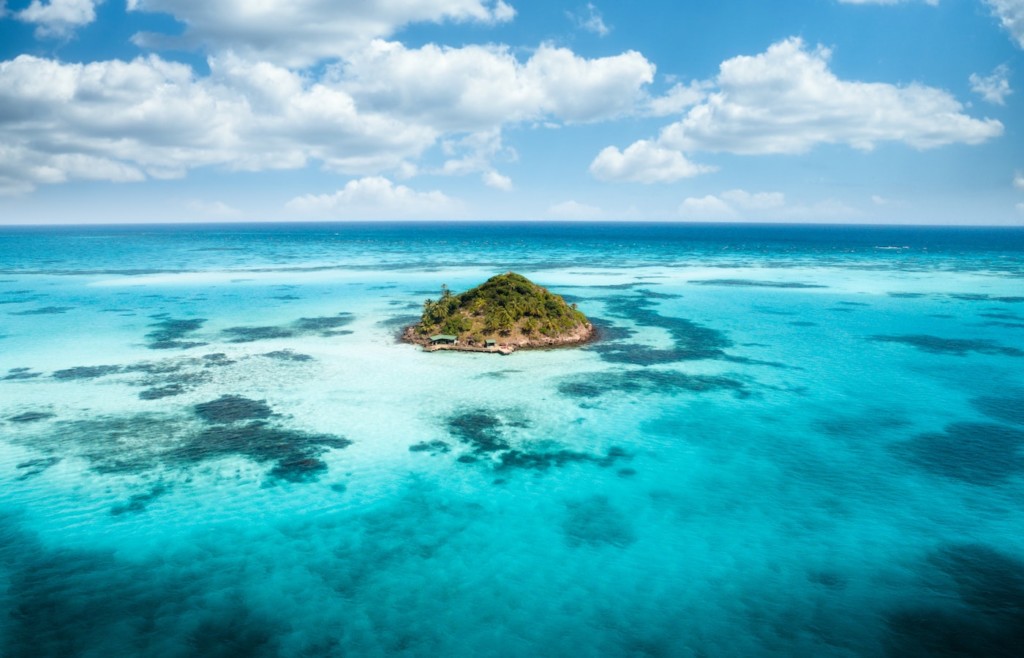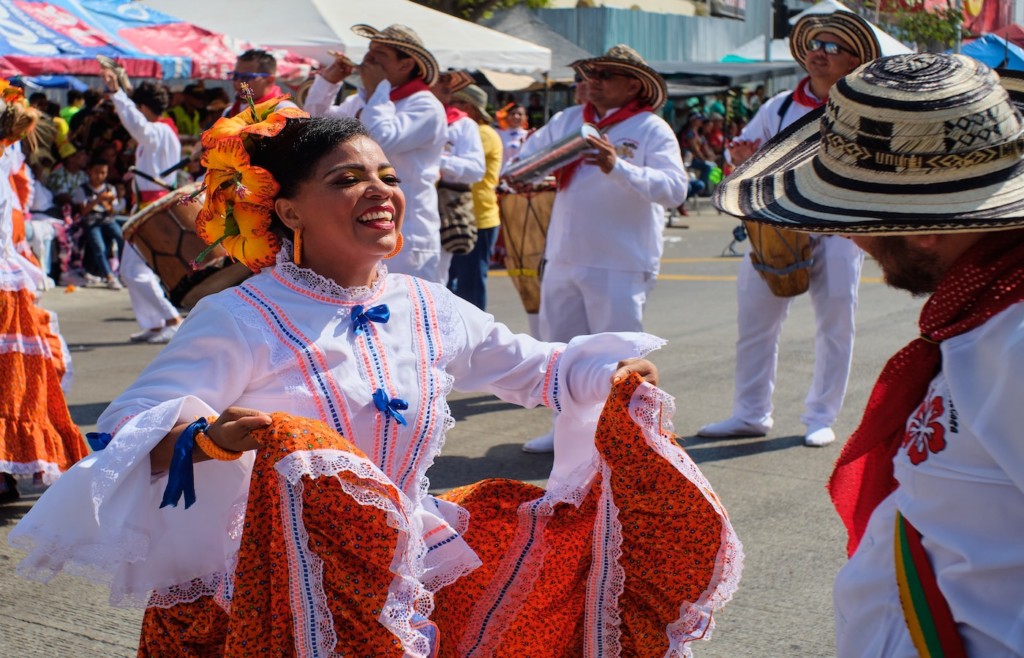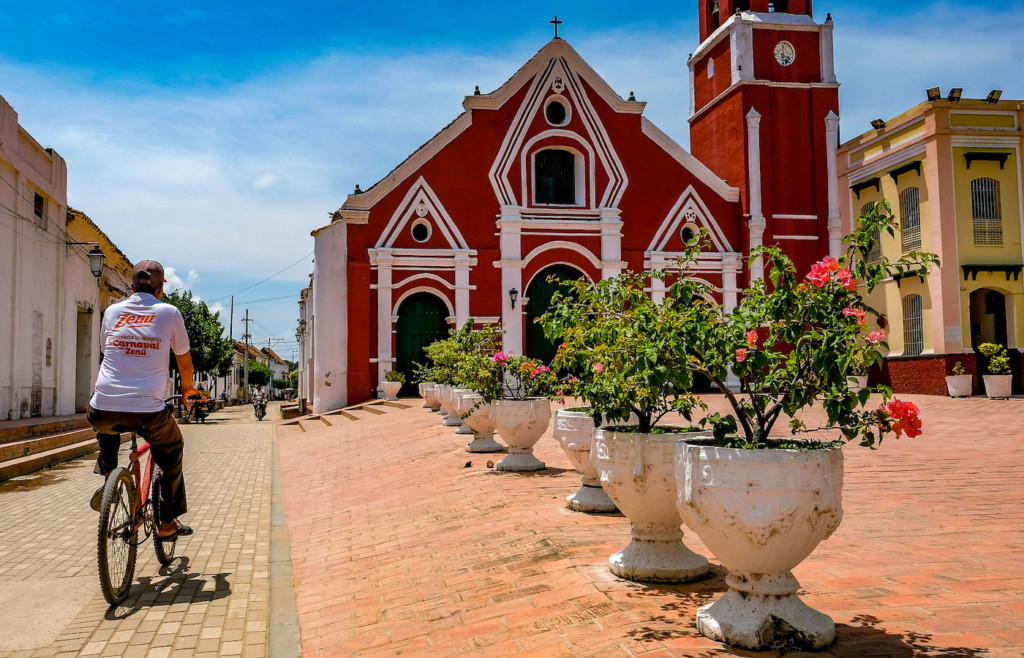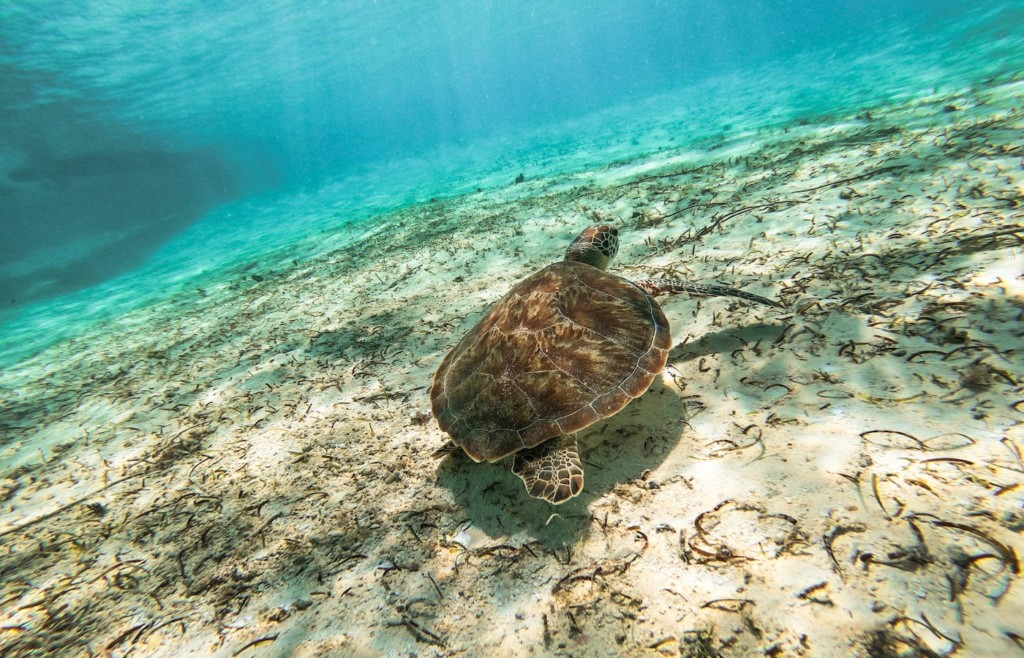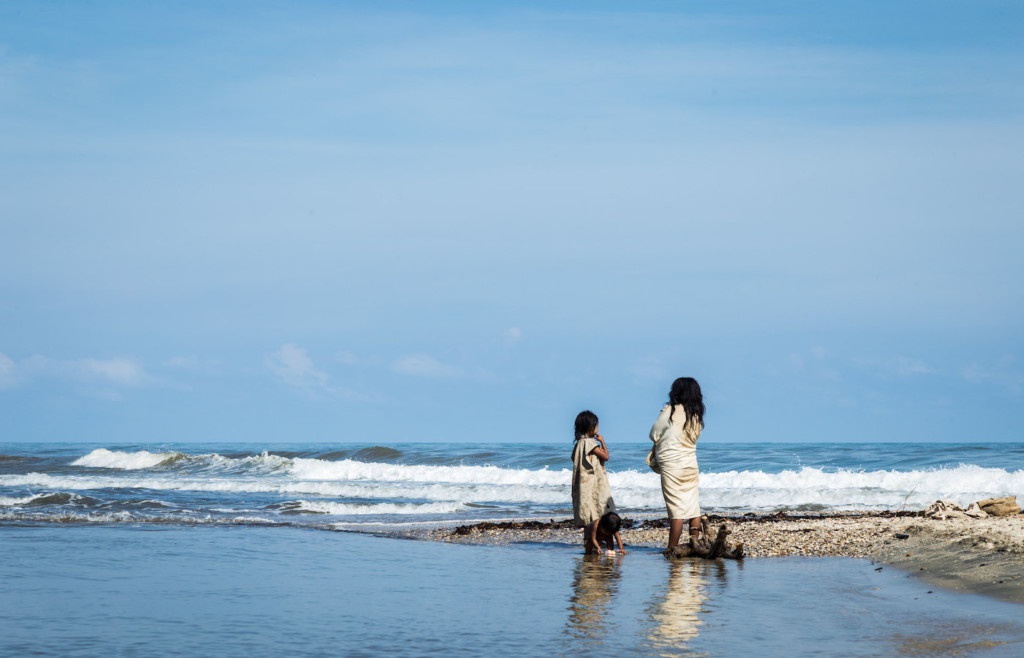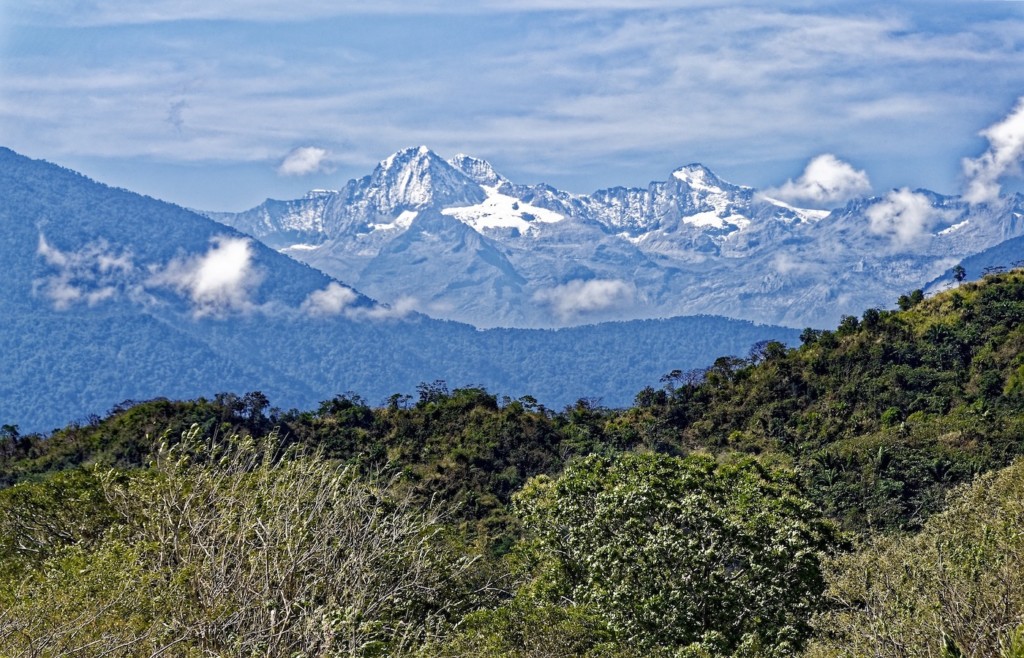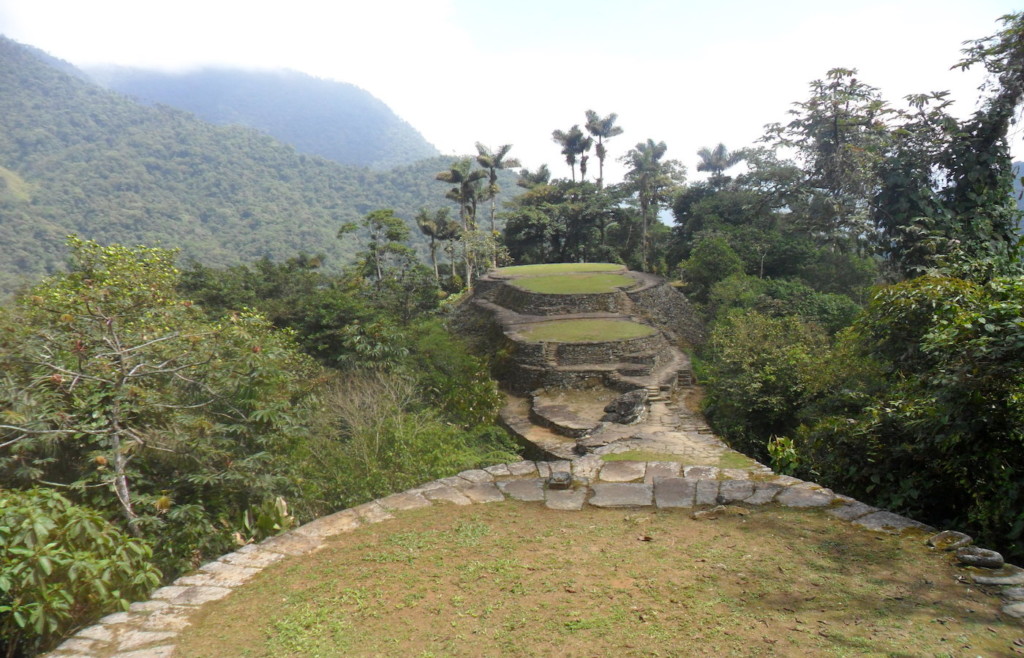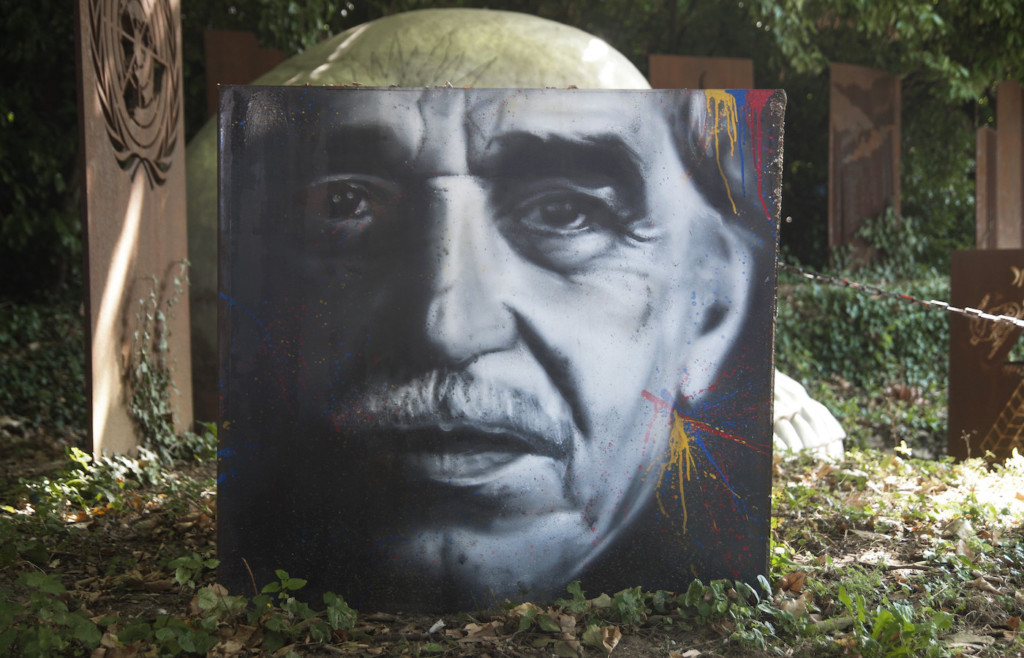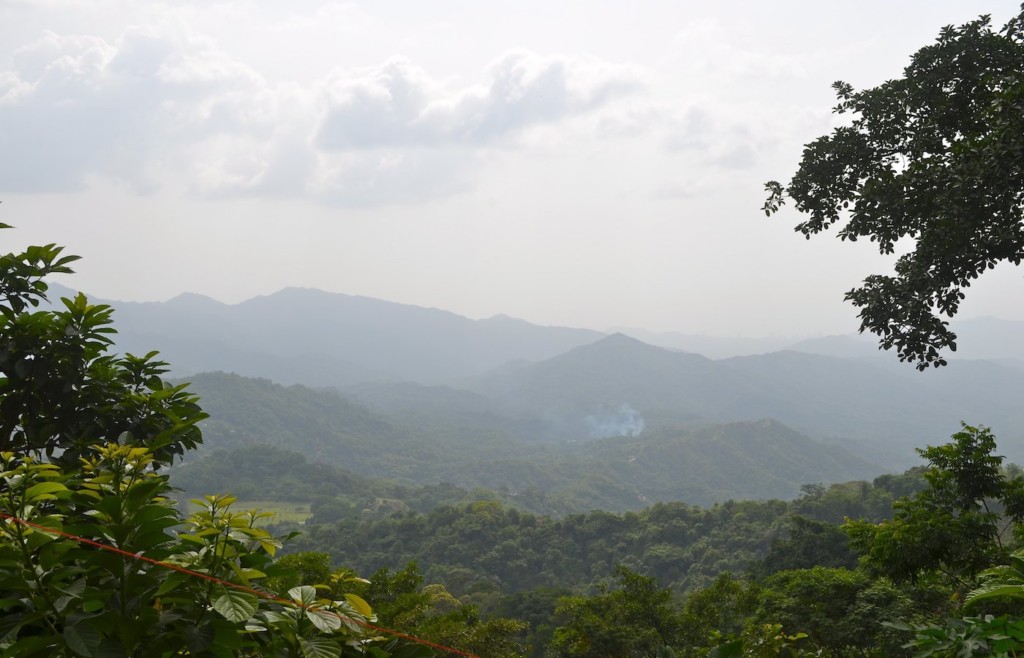Colombia is one of South America’s most diverse nations. Zooming in even on just the length of the Caribbean coastline, the variety of experiences on offer is astounding. Humboldt specialist Clara lists her favourite things to do in this picturesque region.
From lush green jungles perched on the edge of the beach, mangrove swamps and idyllic paradise-islands, to the densely forested mountains of the imperious Sierra Nevada de Santa Marta, Colombia’s Caribbean region offers diversity enough for an entire country by itself. Beyond the undulating hills, the verdant green and the hazy mountain ranges; the Caribbean is home to some of Colombia’s most photogenic colonial towns, including Santa Marta, the oldest European settlement in South America. Indigenous communities, descendants of the peoples who populated these wooded hills prior to the arrival of the Spanish, still roam their territory here. Learning more about these cultures who exhibit such a deep respect for their beautiful land is one of the most privileged experiences one can have in this region. With unique wildlife encounters, some of the world’s best birdwatching, cultural activities, stunning historical towns and magnificent beaches, I recently spent a full two weeks in this region alone. Here are some of my top tips for what to do in the Colombian Caribbean:
Explore the City of Cartagena
The most frequently visited spot on the Colombian Caribbean coast is without doubt the stunning colonial city of Cartagena de Indias. Once the most important town in all of South America to the Spanish Empire, the faded opulence of the glorious network of historic buildings in the old town is like a living museum. Founded in 1533 by Pedro de Heredia, this imperial port city was once the seat of government for the Viceroyalty of New Granada, one of the main subdivisions of Spain’s New World colonies. The grandeur of this bygone era is still immediately apparent in the shaded Spanish courtyards of the Spanish manor houses in the city centre, many of which are now wonderful boutique hotels. Whilst you could easily while away three or four days just wandering the pastel-coloured cobblestoned streets and soaking up the atmosphere, particular points of interest in the old town include the Cathedral, the Palace of the Inquisition and the stunning church of San Pedro Claver, a priest with a fascinating history of advocating for the rights of African slaves brought to the New World during the colonial age.
Where to Stay? – We love Casa San Agustín. This chic boutique flawlessly merges old world glamour with a stylish contemporary look and outstanding service.
Snorkel and Dive in the Rosario Islands
The Rosario Islands are an archipelago located approximately 62 miles from the coast of Cartagena, reachable by an hour’s boat ride from one of the city’s main ports. This pretty Caribbean patch is by no means a proper ‘beach’ destination; the beaches on the islands are few and far between, and the ones that there are, are fairly small and attached to the islands’ few decent hotels. That being said, the sand is fine, white and the sea a stunning turquoise colour. The main draw here is the beautiful coral reef that lends itself wonderfully to snorkelling and diving. A lot of the hotels here offer snorkelling and diving tours through local enterprise, Diving Planet, based in Cartagena, which are excellent for advanced divers and beginners alike. For those just starting out, this is a great place to learn, and whether snorkelling or diving for the first time, you will be able appreciate the diversity and beautiful colours of the corals and tropical fish here.
Where to Stay? – Situated outside the Rosario Islands National Park, Hotel las Islas is the most luxurious option in the region. The hotel is on the nearby island of Barú but day trips and diving trips into the National Park are possible from here as the hotel has a Diving Planet team on-site. For those who want to be in the National Park itself, the rustic 4-star Punta Faro is a little simpler but offers a lovely bit of beach to enjoy.
Party at the Barranquilla Carnival
On the four days before Ash Wednesday (and realistically weeks before and after that…) the usually serious and admittedly, dull, port city of Barranquilla comes to life for its Carnival. The second largest Carnival in South America behind Rio de Janeiro, this celebration of local culture is a colourful riot of music and dance that shares a lot in common with other carnivals around the continent but has a distinctly Colombian flavour. Many of the dance styles trace their roots back to the practices of enslaved Africans brought to this region during the colonial era, whilst others are purely creole creations – folkloric dances conceived by the descendants of European settlers who were born in the New World. A fine example of this is traditional cumbia dancing, where the women’s full petticoated dresses are a tropical version of 18th century European peasant dress. Over the course of four days of organised parades, you can expect to observe a myriad of extravagant costumes and enjoy these music and dance styles mixed in with thumping modern salsa and reggaetón. By night, party until the sun comes up with the locals at one of thousands of street parties that kick off when the parades come to an end. Nowhere near the commercialised tourist attraction that Rio Carnival is sometimes accused of being, this Carnival is powerfully local and the perfect way to experience a unique expression of Colombian culture during your trip if you’re travelling at the right time of year.
Where to Stay? – Barranquilla is an industrial trade city, and only welcomes tourists once a year for the Carnival. There are not many outstanding hotels, but the Movich is a nice option.
Step Back in Time Visiting Mompóx
Santa de Cruz de Mompóx (or Mompós) is a beautifully preserved colonial municipality on a small river island in the Bolívar Department. Famously, the liberator of Colombia, Venezuela, Ecuador, Peru and Bolivia – Simón Bolívar – once remarked that “if to Caracas I owe my life, then to Mompóx I owe my glory.” Having arrived in 1812, the general recruited some 400 able-bodied men from the town for his subsequent military victory against the Spanish at Caracas (Bolívar’s hometown) in modern-day Venezuela. This inland port on the Río Magdalena became an exclusive retreat for wealthy Spanish families seeking refuge from the frequent pirate attacks that plagued Cartagena. Visitors to this town utterly frozen in time can enjoy motorised canoe tours of the surrounding marshlands to spot the local howler monkeys, exploring the grandiose Spanish architecture and spending time with local artisans who are world renowned for their gold filigree work. In fact, some say that the artists here inspired a detail in Gabriel García Márquez’s masterpiece – One Hundred Years of Solitude – wherein the eccentric Colonel Aureliano Buendía passes the time by making tiny little gold fish. If arriving from the Caribbean Coast (Cartagena or Santa Marta), you can reach the isolated Mompóx in around 5-6 hours. From the south, we recommend flying from Bogotá to Valledupar and driving 3.5 hours on a scenic route to the town.
Where to Stay? – Tourism is still new to Mompóx and there are limited accommodation options. The best hotels are still quite simple but are charming boutique properties built into restored colonial mansions.
Escape to a Paradise Island
For the best beaches in the Colombian Caribbean, head to Providencia. This island, surrounded by azure waters, is miles away from the coast and is tricky to get to, but absolutely worth the reward. Fly to San Andrés Island from either Cartagena or Bogotá, and then jump on another 20-minute island hopper flight to Providencia. The beaches here are up there with the prettiest in the entire Caribbean and the culture here is an unusual mix of Latin American and English-speaking-Caribbean influences. Hire a golf buggy for a day and explore the island independently, spending some time relaxing on the best beaches. Driving the perimeter of the island on a golf buggy takes around 45 minutes in total, so the beach experience here is blissfully isolated and uber exclusive. Snorkelling and diving here is also excellent, offering the opportunity to observe sea turtles up close.
Where to Stay? – Deep Blue is our pick on Providencia. The hotel is not on a beach but does overlook the ocean and offers the best accommodation standard on the island. Hire a buggy from the hotel and find your own idyllic spot to sunbathe and swim.
Meet a Native Community in Tayrona
Indigenous culture remains strong in this region and representatives of four tribal groups still populate the jungles and mountains of the Tayrona National Park and its surroundings. Take advantage of this opportunity to experience a taste of the ancient cultures that pre-date the Spanish influence and spend a day with a local guide in an indigenous community. We can organise tours with expert local guides who will teach you about the social structures and beliefs of the local groups, before leading you to a secluded spot by a jungle river for a delicious picnic in the sun.
Where to Stay? – Most day trips to tribal communities are within easy distance of the Tayrona region. Our favourite hotels here include Casa Playa Tayrona and Cayena Beach Villa.
Tube Down a Lazy River
One of this region’s most unsung highlights is the bare natural beauty of the landscapes themselves: the sheer impossibility of the snow-capped peaks of the tallest mountains in the Sierra Nevada de Santa Marta bearing down on you as you observe them in 30-degree heat from the tropical beach. These mountains are the closest snow peaks to the ocean anywhere in the world and sandwiched between the mountains and the sea are vibrant jungles, crystalline rivers and various picturesque waterfalls alongside small-scale farms of papaya, banana and yuca. One of the best ways to appreciate the landscape is to take a trip down a lazy river in a tube! Just hop on your inflatable and enjoy the relaxing ride on the slow-moving river current towards the ocean with your guide pointing out the local wildlife and birds en-route and the backdrop of the mountains as your company. I saw caiman, red howler monkeys and incredible exotic birds on my trip, all while working on my tan. Tubing options are available in backpacker-y Palomino, but I would recommend the Don Diego River closer to Tayrona as a better option. The mouth of the river leads you to a stunning, practically deserted stretch of beach where you can enjoy a refreshing drink and soak up the sun.
Trek to The Lost City of the Tayronas
For true adventurers, nothing can beat the trek to the Lost City. Hidden high up in the jungles of the Sierra, this ancient Tayrona settlement is one of Colombia’s most famous archaeological treasures. Dating to around 800 AD (older than Machu Picchu in Peru), these isolated jungle terraces were discovered by Colombian authorities by accident in 1972 but were thought to have been visited by the local Kogui, Arhuaco and Wiwa indigenous communities for many years before. Apparently abandoned around the time of the Spanish conquest, the city consists of over 160 stone circular terraces carved into the mountainside – a technique used by the Tayrona people to ensure their homes had adequate drainage. This 4-day hike is around 42km long in total and includes river crossings as well as steep ascents and descents. You can choose to complete the route over 5 or 6 days if you want to take things at a slower pace too. Accommodation en-route is at relatively basic campsites and the trek is a challenging one, so this is perfect for the real explorers who want a memorable sense of achievement at the end of their trip!
Where to Stay? – Most people choose to spend the night before they set off on their hike in the buzzy city of Santa Marta itself. The lively Centro Histórico is full of great bars and restaurants alongside a few charming boutique hotels such as Don Pepe.
Retrace the Steps of Gabriel García Márquez
Colombia’s most famous author, Gabriel García Márquez, writer of a slew of worldwide bestsellers, was a native of the Caribbean. Born in the sleepy town of Aracataca, a mere hour and a half’s drive from Santa Marta, the author (affectionately known as ‘Gabo’ here) was obviously inspired by the region of his birth. Aracataca and its dusty streets have often been cited as the inspiration for Macondo, the town at the centre of Gabo’s masterpiece, One Hundred Years of Solitude. Others, however, argue that the aforementioned Mompóx is the town that gave birth to Gabo’s most famous creation. The Caribbean town of Ciénaga, the site of a violent massacre of protesting banana plantation workers, certainly inspired a very similar event in the book. Cartagena too, while never named directly, reportedly provided the Caribbean setting of Love In The Time of Cholera; and some of the quirky details of the city’s history, such as the body of a young woman with long copper hair being unearthed from a crypt in what is now the Sofitel hotel, made it into Love And Other Demons. For fans of García Márquez’s magical stories, tracing a route from Cartagena to Santa Marta via Ciénaga, Mompóx and Aracataca would make for a sunny literary pilgrimage.
Where to Stay? – Book a couple of nights in the Sofitel Legend Santa Clara in Cartagena. Not only one of the country’s top hotels, if you’re brave enough, you can go and explore the crypt that inspired Márquez during his time in the city as a journalist. It is now forms a quirky central feature of the hotel bar.
Go Birdwatching in the Mountains of Minca
Colombia is home to more registered bird species than anywhere else on Planet Earth: 1958 at the time of writing to be exact. The Santa Marta region is a birder’s mecca with many endemic species too. The highlight here is spending a few hours in the remote El Dorado birding reserve high up in the cooler mountains of Minca (close to Santa Marta). At the end of a winding dirt track, this reserve is home to a myriad of exotic species and stunning scenery. For those who wish to combine early morning birding with something else, the charming backpacker town of Minca is also situated close to some scenic hiking routes to local waterfalls, local coffee haciendas producing coffee with century-old machines and some small-scale artisanal chocolate farms. I personally recommend the short walk to the Marinka Waterfalls: with a restaurant, bathrooms and a changing room on site, these two pretty waterfalls are perfect for an open-air swim.
Are you planning a trip to Colombia? Learn more about Cartagena and the Colombian Coast and browse our sample itineraries here. Contact us today to speak to a travel specialist about planning your luxury trip.



